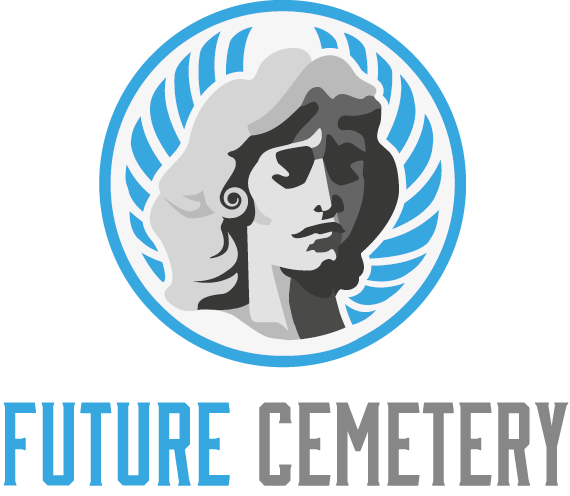Dalam beberapa tahun terakhir, popularitas togel online, terutama togel Sidney, telah meningkat yang signifikan. Sejumlah pemain yang tertarik untuk mencoba nasib mereka dalam permainan togel, mencari tahu mengenai data pengeluaran SDY dan hari-hari keberuntungan untuk mendapatkan angka yang tepat. Akan tetapi, di balik keseruan ini, terdapat berbagai misteri dan informasi penting yang sebaiknya diketahui oleh para pemain.
Togel SDY sering kali disebut sebagai permainan SDY, bukan hanya sekadar permainan semata, tetapi juga butuh analisis data dan strategi untuk memperbesar peluang menang. Dalam artikel ini, kita akan mengupas tuntas mengenai keluaran SDY, strategi mendapatkan data SDY yang akurat, serta situs dan bandar togel terpercaya yang bisa diakses secara daring. Mari kita jelajahi lebih dalam soal dunia togel hari ini serta temukan rahasia di balik angka-angka keberuntungan Anda.
Apa Sih Permainan Togel Sidney?
Togel Sidney, yang kerap disingkat sebagai Sidney Togel, merupakan salah satu tipe permainan togel yang populer di Indonesia. Togel ini berasal dari Kota Sydney, Australia, serta menawarkan ragam macam taruhan namun memikat para pemain. Setiap harinya, pemain bisa memilih angka yang para pemain yakini bakal keluar pada pengundian. Togel Sidney terkenal akan sistem pengundian yang sangat transparan dan adil, sehingga menarik banyak penggemar.
Dalam permainan togel Sidney, rekapan pengundian sering diumumkan secara real-time, dikenal sebagai istilah hasil SDY. Pemain dapat mengikuti hasil keluaran SDY ini untuk melihat angka-angka yang berhasil keluar. Di samping itu, informasi SDY yang valid dan dapat diandalkan juga ada, agar pemain dapat menganalisis untuk menebak angka-angka yang kemungkinan muncul di pengundian berikutnya.
Kelebihan dari togel online ialah kenyamanan akses yang diberikan kepada pemain. Dengan berbagai situs togel online yang tersedia, pemain dapat ikut serta dalam permainan setiap waktu dan dimana saja. Mengetahui nomor SDY hari ini dan nomor-nomor yang diprediksi keluar adalah hal krusial bagi semua pemain untuk meningkatkan peluang kemenangan mereka dalam setiap rundown.
Cara-cara Bermain Togel Online
Distraksi togel online kian populer di masyarakat. Sebagai langkah awal, Kamu perlu menemukan situs lotto online handal. Pastikan platform tersebut punya izin yang valid serta memberikan keamanan dalam transaksi. Setelah registrasi, Kamu bisa menjalankan setoran lewat bermacam-macam cara transaksi yang disediakan dari situs. Pilih nominal sejumlah Kamu pertaruhkan berdasarkan pada anggaran Anda.
Sesudah akun Anda terdaftar, langkah berikutnya ialah menentukan tipe lotto yang akan dilakukan. Dari ragam yang tersedia, lotto Sidney adalah salah satu yang paling dikagumi. Kamu dapat menyusun angka-angka yang ingin serta menempatkan pertaruhan berdasarkan pada jenis permainan, misalnya dua dimensi, 3D, atau empat dimensi. Jangan lupa Anda memahami aturan dan cara menang di masing-masing jenis taruhan supaya dapat memaksimalkan kesempatan Kamu.
Sesudah menempatkan taruhan, Kamu hanya menunggu hasil keluaran lotto sdy yang biasanya diumumkan secara langsung. Pantau situs togel untuk melihat informasi sdy dan hasil nomor lotto sdy pada hari ini. Dengan cara ini, Kamu bisa melihat apakah taruhan Kamu berhasil atau gagal. Jangan lupa perhatikan agar bertaruh secara cermat dan tidak melampaui batasan yang sudah Anda tentukan.
Pembahasan Data SDY
Dalam dunia perjudian Sidney, analisis informasi adalah bagian penting dalam meningkatkan kesempatan menang. Data SDY terdiri dari data tentang hasil sebelumnya, seperti angka-angka yang umum keluar dan pola-pola tertentu. Dengan mempelajari informasi ini, pemain dapat membuat keputusan yang lebih cerdas tentang angka mana yang hendak mereka pilih dalam pertaruhan mereka.
Beragam situs togel digital menyediakan akses cepat ke informasi SDY, termasuk pengeluaran SDY serta nomor SDY pada hari ini. Para pemain dapat memanfaatkan informasi ini untuk menilai kecenderungan serta menemukan angka yang mungkin memiliki kesempatan yang lebih baik untuk muncul padda undian berikutnya. Ini memberi para pemain kelebihan strategis di permainan togel.
Di samping itu, pemeriksaan data SDY pun mencakup pengamatan pada prize atau sdy prize yang pernah pernah. Dengan memahami seberapa banyak reward yang telah dibagikan serta nomor-nomor yang sering menang, para pemain dapat mendapatkan wawasan yang lebih dalam tentang cara kerja lomba ini, dan memperbaiki taktik para pemain ketika bermain di bandar togel SDY atau platform togel digital. live sdy
Keamanan dan Kepatuhan Bandar Togel
Perlindungan dan legalitas merupakan dua faktor krusial untuk harus dipertimbangkan saat menentukan situs togel. Banyak pengguna yang mungkin tahu bahwa tak semua situs togel online punya lisensi yang valid sah. Oleh karena itu, penting untuk hanya bermain pada platform yang resmi serta memiliki nama baik. Situs yang andal sering menyediakan informasi yang jelas mengenai lisensi yang dimiliki dan punya sistem perlindungan yang kuat dalam melindungi informasi pribadi serta aktivitas keuangan pengguna.
Di samping itu, situs togel yang akan memberikan kepastian dalam pengeluaran dan pengundian angka. Pengguna bisa merasakan game dengan nyaman jika mereka mengetahui jika angka yang mereka dapatkan datang dari proses prosedur yang fair serta terpantau. Terdapat pula otoritas pengatur yang mengawasi kegiatan platform togel yang terakreditasi, sehingga menyediakan jaminan tambahan mengenai validitas permainan yang berlangsung.
Di sisi lain, bertaruh di platform yang tidak terdaftar dapat membawa bahaya termasuk kecurangan dan pengambilan identitas. Karena itu, sebelum bergabung dengan situs togel mana saja, anda perlu untuk melakukan penelitian mendalam dan menelaah review dari pengguna lainnya. Memastikan keamanan informasi pribadi dan data finansial harus adalah fokus utama dari aktivitas togel di internet.
